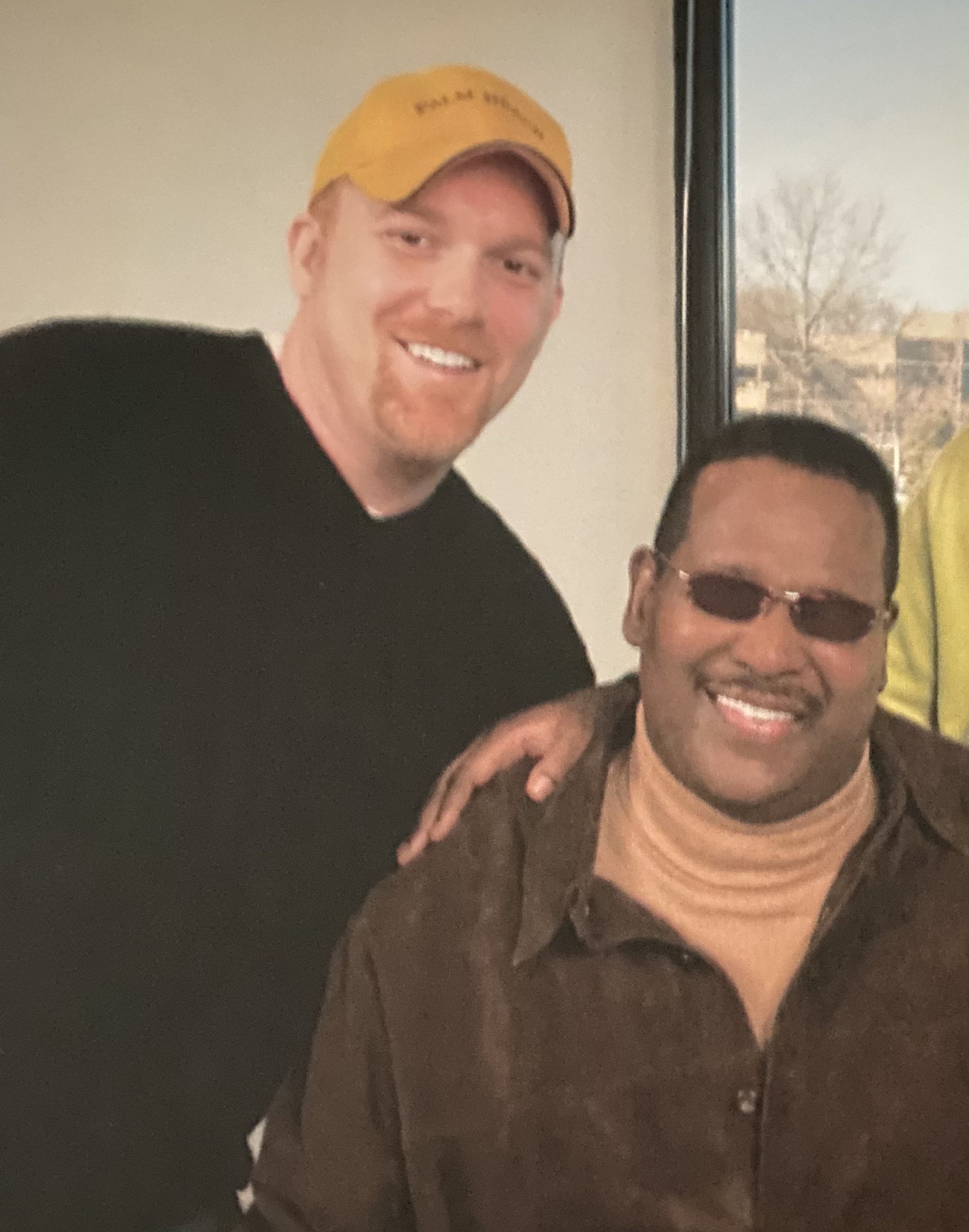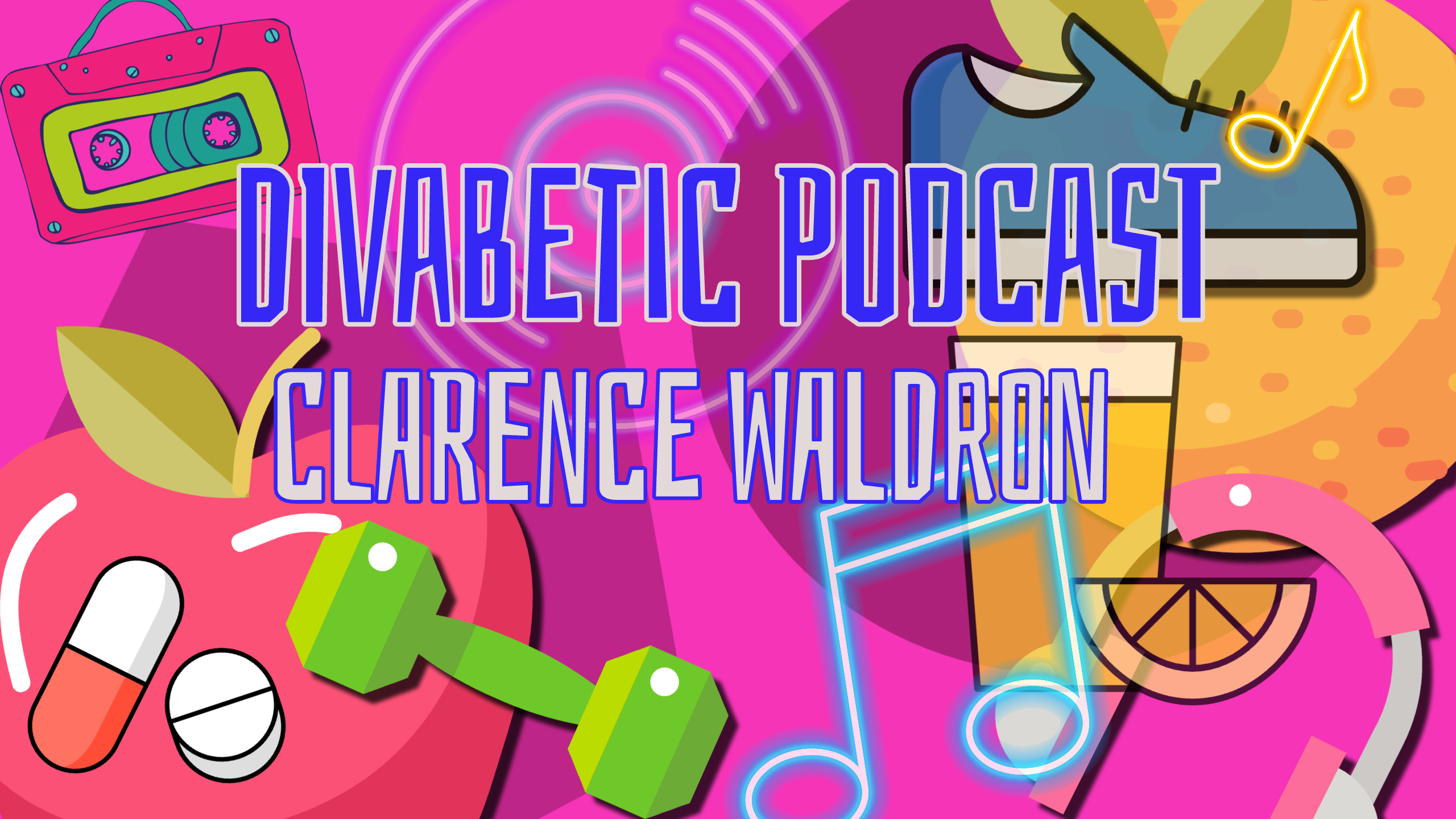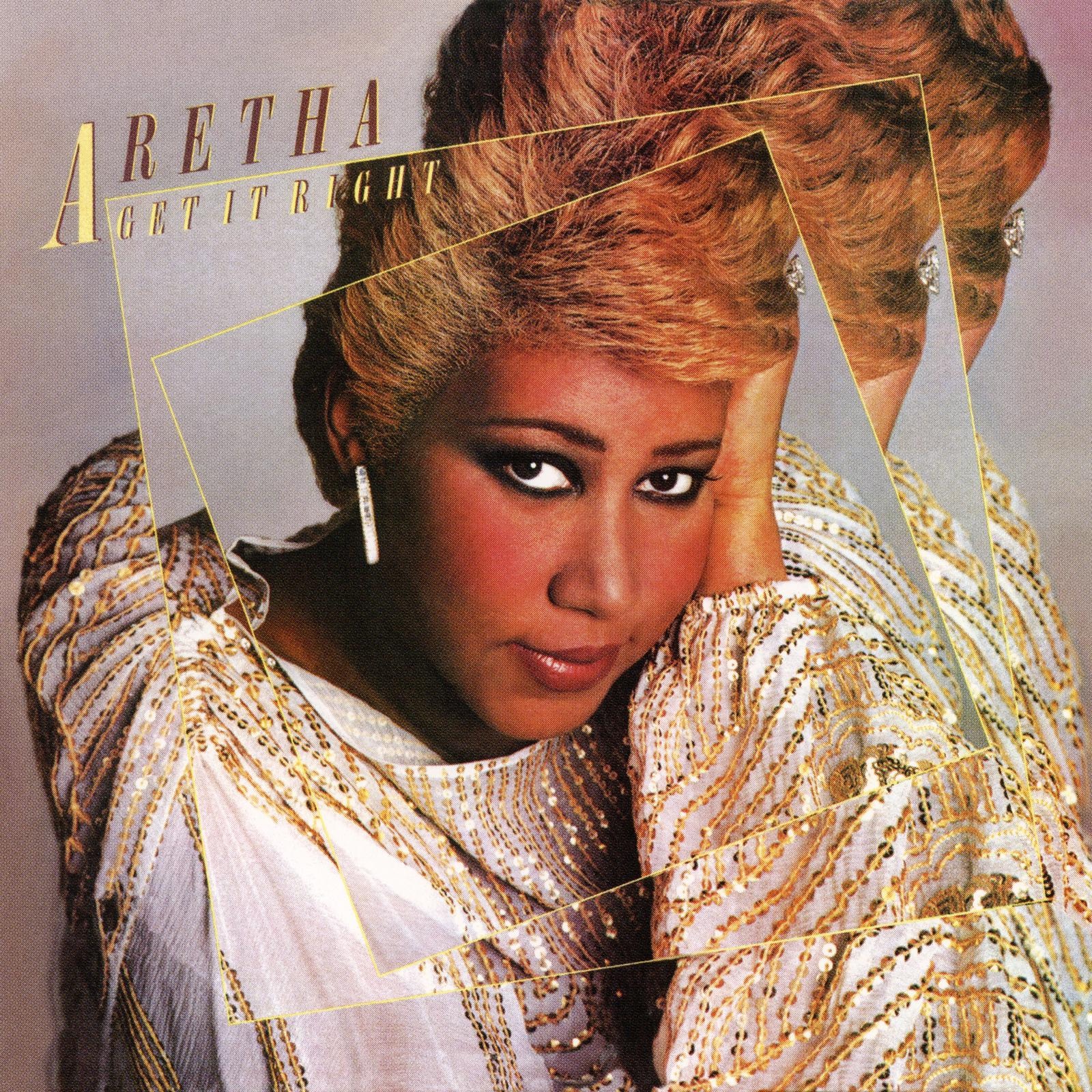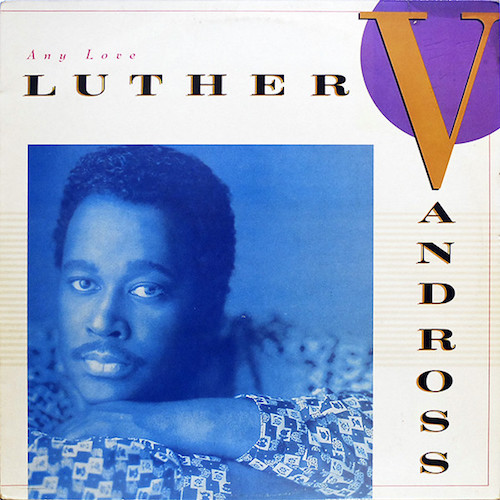It is a privilege for Max Szadek to be featured in the NAACP Image Awards-nominated documentary Luther: Never Too Much, where he shares his story of discovering Luther Vandross after experiencing a stroke due to mismanaged type 2 diabetes.
He hopes to inspire others to proactively avoid a similar health crisis through advocacy.
Remember, if you notice any signs of a stroke, don’t hesitate to seek help right away – swift action can greatly impact your recovery.
Let’s look out for each other! It’s essential to seek help, connect with a caring community, and share your journey.
Philadelphia’s beloved WDAS-FM Radio personality, Patty Jackson, is a true inspiration!

After surviving a stroke, she continues to bring joy to her audience behind the microphone and camera.
SAVE THE DATE: Divabetic Holiday Outreach Program in partnership with the Frazier Family Coalition at Alumni Hall at Thomas Jefferson University Hosptial, 1020 Locust St, Philadelphia, PA 19107, on Saturday, November 8, 2025, 11 AM – 1:30 PM.
Enjoy a Glam More, Fear Less Fashion Show, Cooking Demonstration, Guest Speakers, Chair Yoga Exercises, and Community Support. Free Admission.
Through the Divabetic (Divabetic.Org) programs, podcasts, and videos, we’ve spread awareness and positivity to hundreds of thousands of men and women.

Romantic relationships play an important role in our everyday lives. But when diabetes enters the picture, it can complicate even the most loving and open relationships. Many people don’t know that diabetes can impact physical and emotional intimacy. And intimacy-related issues can be especially difficult to discuss with a partner or a health care provider. But don’t let diabetes hinder the romance.
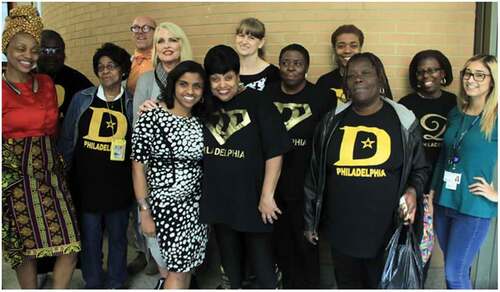
Divabetic’s Sweet Romance ebook series is here to give you practical information and expert advice to tackle this sensitive subject. These comprehensive, interactive guides cover everything you need to know to enjoy a fulfilling sexual and emotional life despite the challenges of diabetes. BUY NOW





